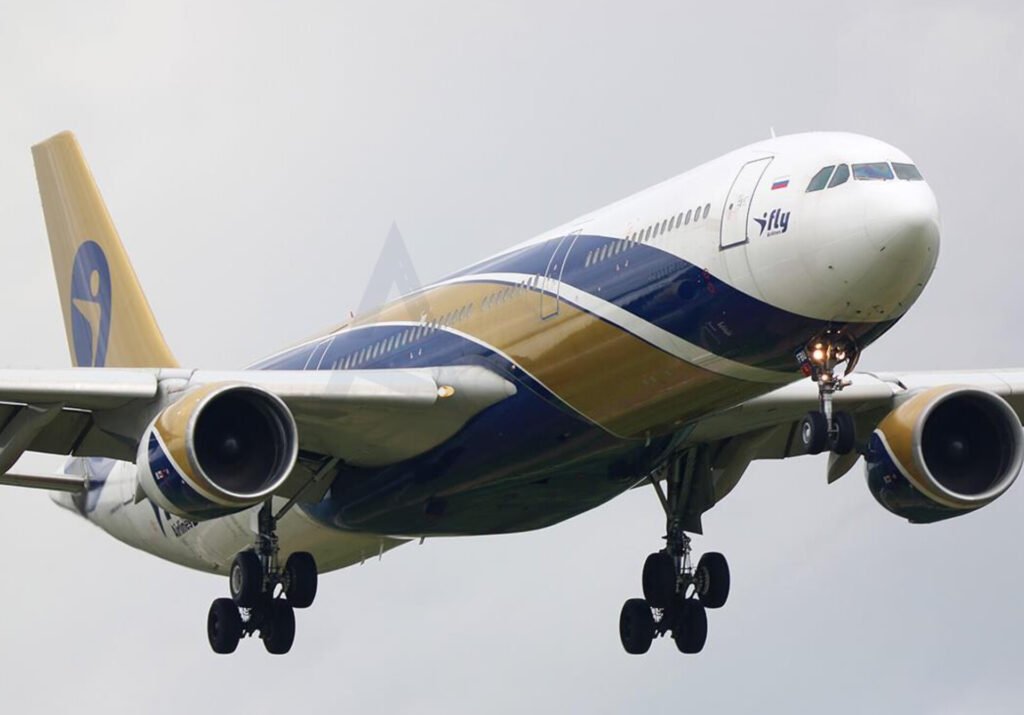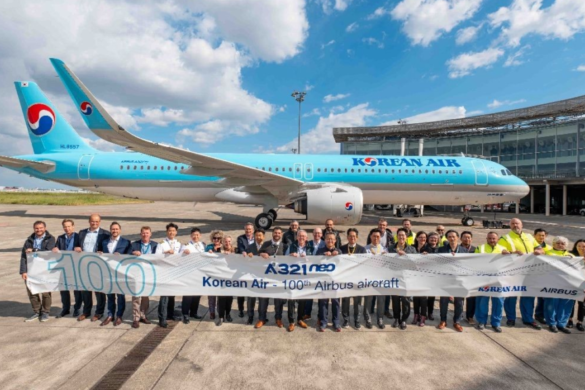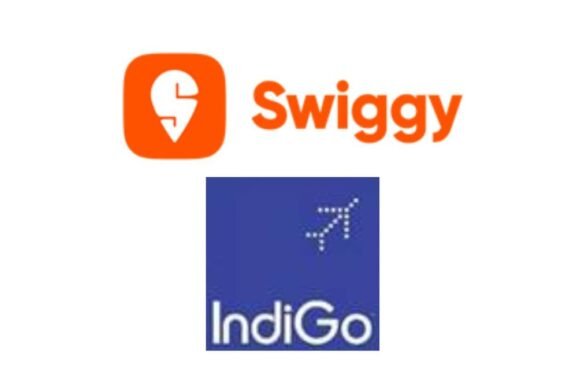Aeroflot has announced a significant milestone, claiming to be the first Russian airline to introduce aircraft under a wet-lease agreement following recent changes to the country’s air transport regulations. This move marks a notable shift in Russia’s aviation landscape, allowing the national carrier to expand its operations and adapt to a rapidly evolving market environment.
A wet-lease agreement involves an airline leasing an aircraft along with its crew, maintenance, and insurance, unlike dry leases, where only the aircraft is leased. The A330 aircraft under this arrangement will help Aeroflot manage its capacity and improve operational efficiency, particularly in light of ongoing challenges in the global aviation market.
This wet-lease agreement is the first of its kind since Russian aviation rules were amended to allow greater flexibility in aircraft leasing arrangements. The changes come amid growing demand for air travel and increased pressure on Russian carriers to maintain and expand their fleet while facing international sanctions and the need to source aircraft from non-Western markets. By entering into wet-lease agreements, Aeroflot can quickly adjust to changing demands, secure additional capacity, and mitigate some of the constraints posed by the ongoing challenges.
The introduction of wet-lease aircraft, particularly the A330, is also seen as a strategic move to maintain competitiveness in the international market. The A330, a popular wide-body aircraft, is known for its long-range capabilities, making it ideal for Aeroflot’s intercontinental flights. Leasing these aircraft ensures the airline can continue to serve high-demand routes without the need for immediate capital investment in new aircraft, which would have been more difficult to acquire due to international sanctions and limited access to Western manufacturers.
In addition to increasing its operational flexibility, Aeroflot’s wet-lease move also signals an evolving approach to aircraft procurement in Russia. By leveraging such agreements, the airline can access modern, efficient aircraft while focusing its resources on other areas of operation. The wet-lease agreement is expected to support Aeroflot’s growth and help the airline adapt to the changing dynamics of the global aviation industry.
This development reflects the ongoing evolution of Russia’s aviation sector, which is adjusting to the global sanctions and regulatory changes following the geopolitical upheaval. It also demonstrates Aeroflot’s proactive approach to maintaining its position as a leading airline in Russia while addressing capacity challenges and operational needs.
Overall, Aeroflot’s introduction of the A330 under a wet-lease agreement is a significant step in the airline’s strategy to continue operations under the new regulatory framework, highlighting the growing importance of leasing arrangements in Russia’s aviation industry as it navigates through a period of uncertainty and transition.”Aeroflot Introduces First A330 Wet-Lease Agreement After Rule Change”



